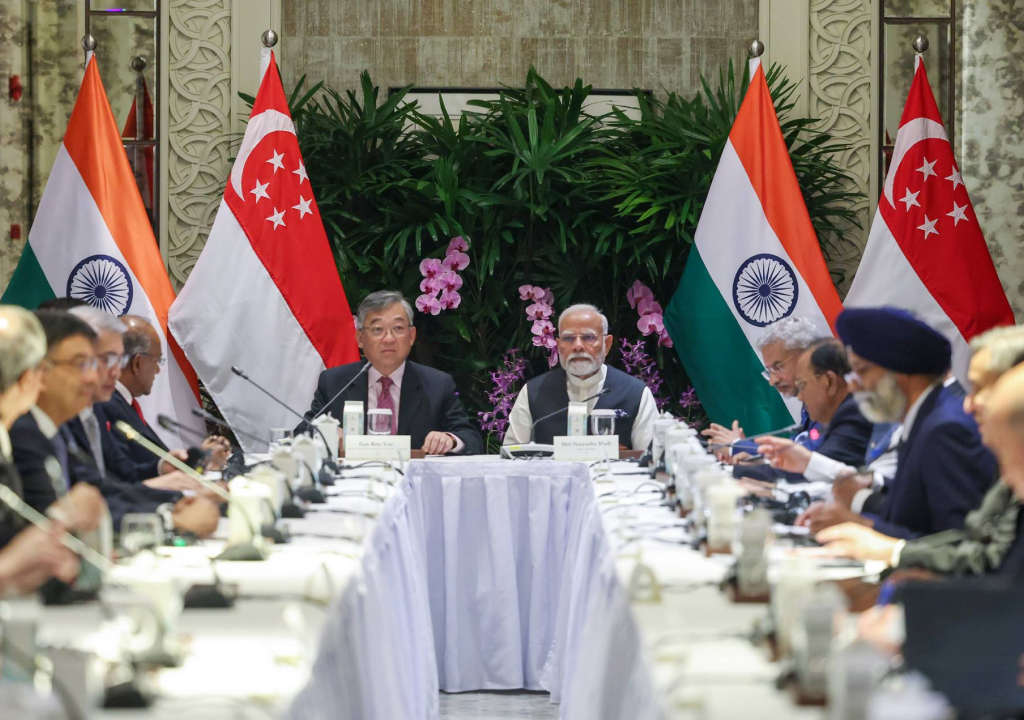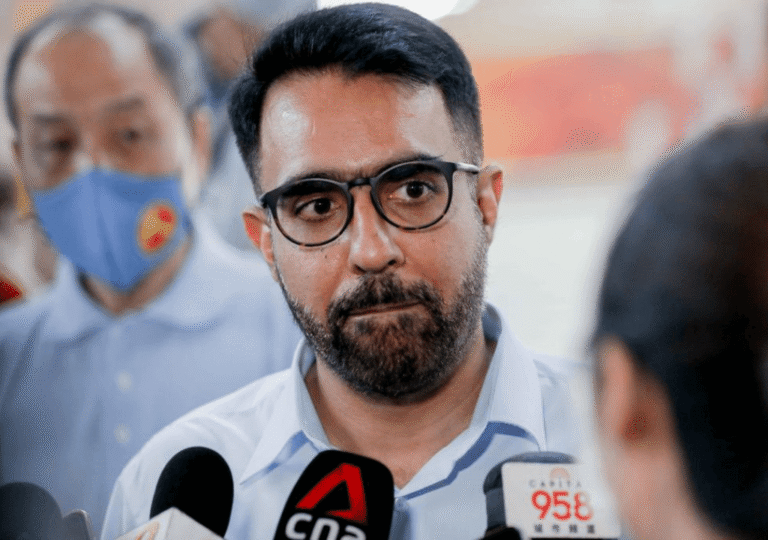While Singapore maintains defense ties with the United States, its foreign policy has long been guided by pragmatism, fostering relationships with nations across the spectrum, including pariah states like North Korea. Despite its broad diplomatic outreach, Singapore places particular emphasis on its ties with the U.S. and its allies, serving as a major hub for American and European businesses in Asia. At the same time, with a large Chinese-origin population, Singapore – like Hong Kong – has also functioned as a key gateway for Chinese businesses to the global market.
However, as the South China Sea emerges as a hotspot for geopolitical tensions, Singapore may soon be pressured to choose sides. Given its defense partnership with the U.S., it is likely to align with Washington over Beijing. Interestingly, Singapore also seems to be forging closer ties with India, a nation wary of China but less inclined to align closely with the United States. Both countries are working to deepen their relationship, with political experts speculating about the potential involvement of the U.S. in this evolving dynamic, as Washington seeks to bolster alliances in the region.
Indian Prime Minister Narendra Modi, who views Singapore as a model of development is looking positive to these efforts, engaging with key Singaporean leaders to deepen their partnership. Singapore’s increasing affinity for India prompts the question: is a broader geopolitical realignment occurring in the region?
On the pivotal recently concluded two-day visit, Prime Minister Modi and Singapore’s leaders elevated their bilateral relationship to a comprehensive strategic partnership, signing four Memorandums of Understanding (MoUs), including a key agreement on semiconductor cooperation. As India seeks to bolster its semiconductor industry, Singapore’s expertise and resources could prove more valuable than munitions in the coming years. The agreements aim to nurture talent in chip design and manufacturing, while encouraging Singaporean tech investments in India. They also explored potential collaboration in areas such as technology, sustainability, and innovation.
Modi also held discussions with Singaporean President Tharman Shanmugaratnam and Deputy Prime Minister Lawrence Wong, as well as former Prime Minister Lee Hsien Loong, where they focused on cooperation in green energy and FinTech.. In a significant gesture, both leaders visited AEM Holdings’ semiconductor facility, engaging with officials and marking a crucial step toward expanding trade opportunities between the two nations. Modi also met with 81-year-old Emeritus Senior Minister Goh Chok Tong, Singapore’s second prime minister.
During his visit, the Indian leader engaged with top business leaders and CEOs, highlighting India’s recent economic reforms and policy initiatives aimed at enhancing its business environment. The discussions centered on fostering innovation across a range of industries, while exploring new pathways for collaboration and growth.
India appears ready to open its extensive markets to Singaporean technologies, aiming to strengthen its relationship with Singapore while curbing Chinese influence, especially in the tech sector. Modi sees India’s large market as a valuable asset, using it to forge partnerships and counter China’s expanding role in the Indian Ocean. For Singapore, tapping into the Indian market presents substantial business prospects and is thought to align with a broader U.S. geopolitical strategy. Some believe the U.S. sees Singapore as a crucial intermediary capable of deepening ties with India more effectively than Washington could on its own. This potential alignment mirrors past U.S. efforts, such as investments in Malaysia, where American interests were successfully promoted. Although recent collaborations between Singapore and India might seem focused on business and technology, they also carry significant political weight.







